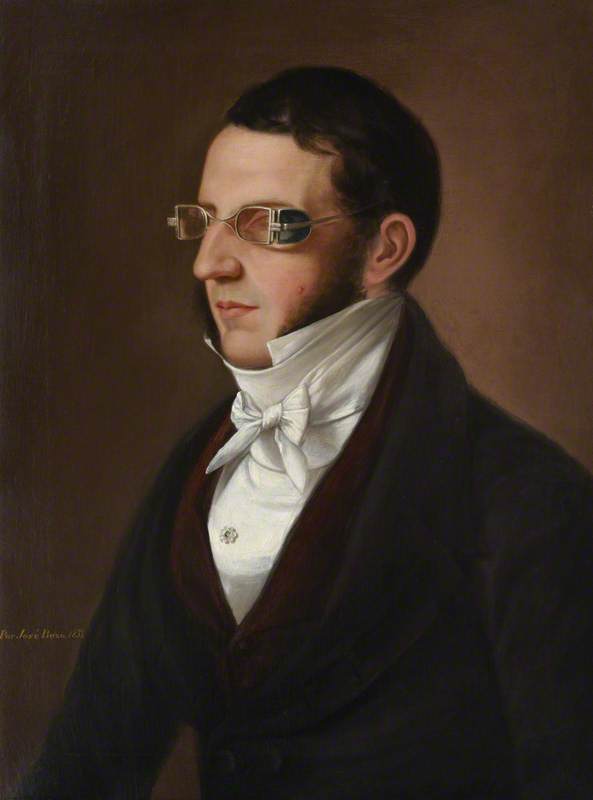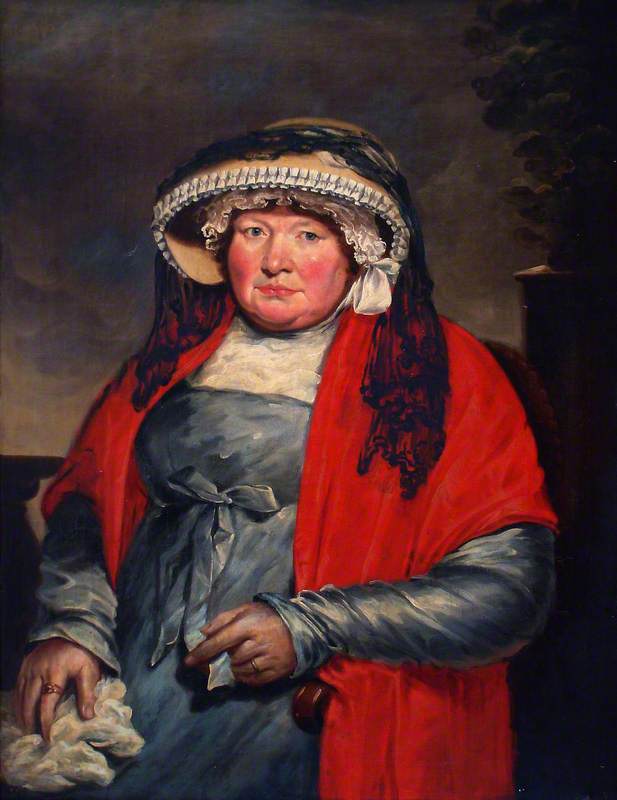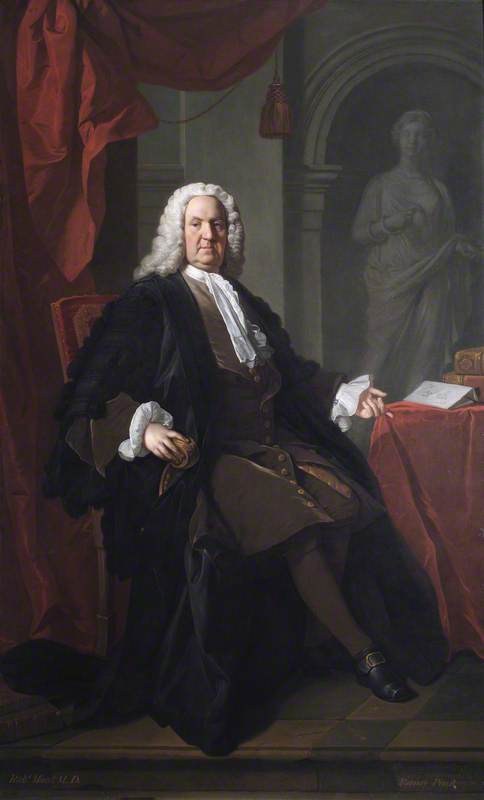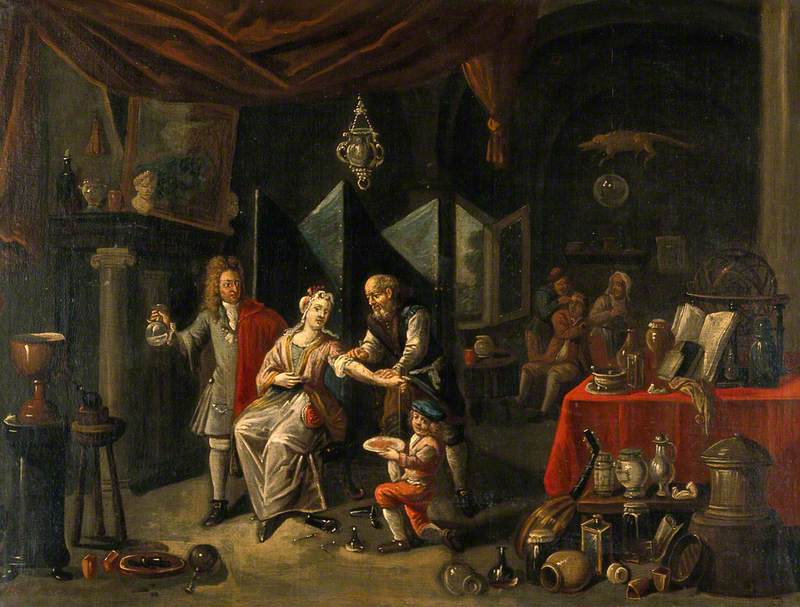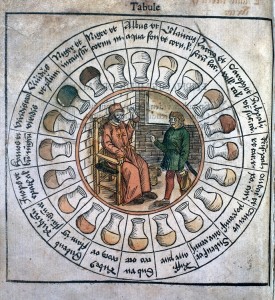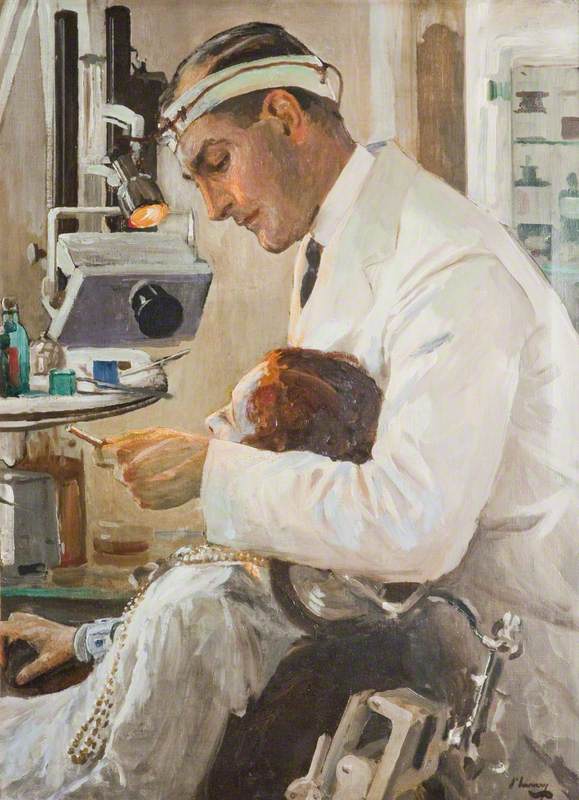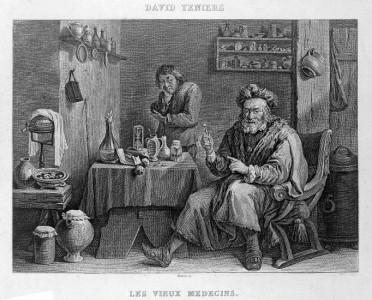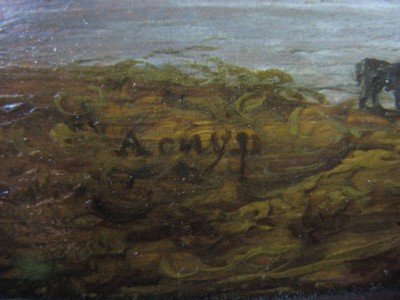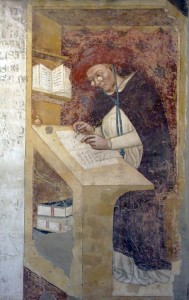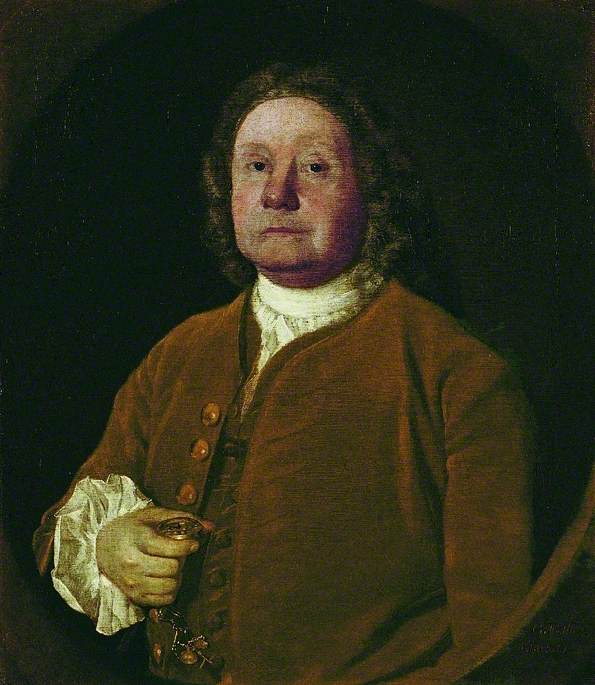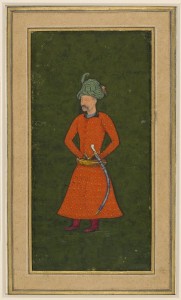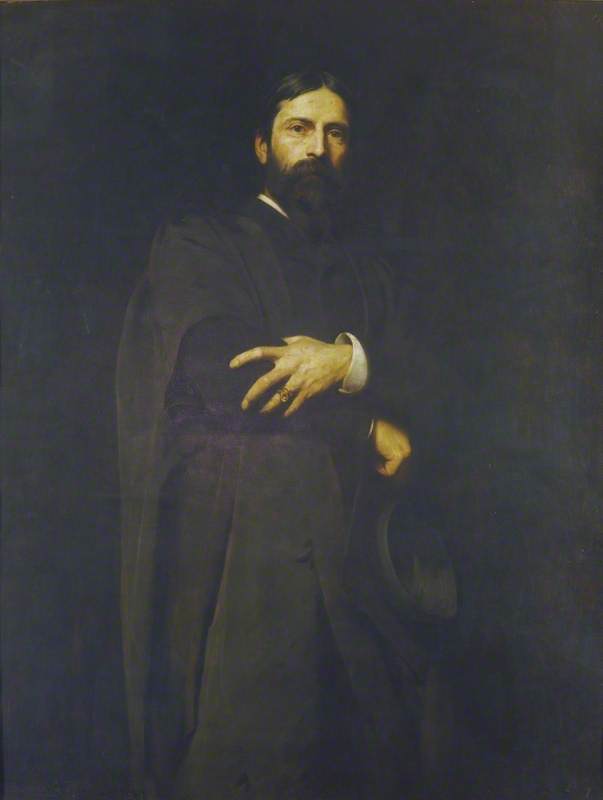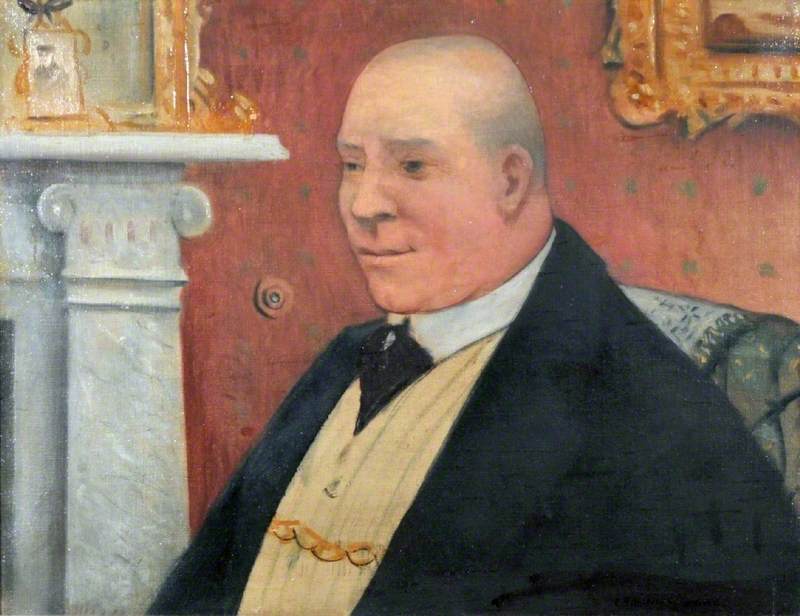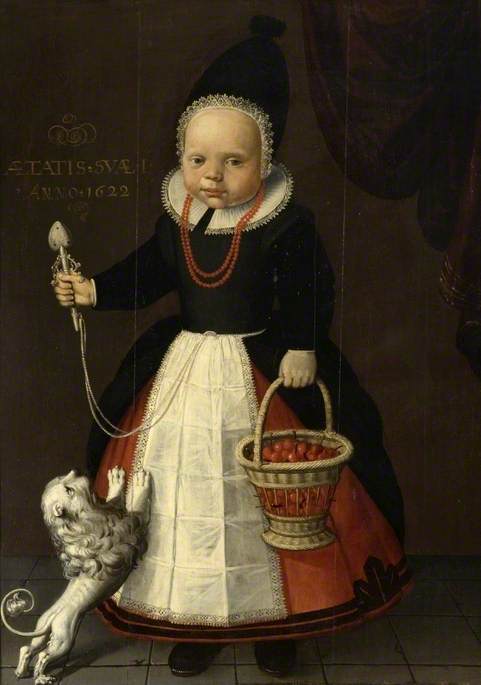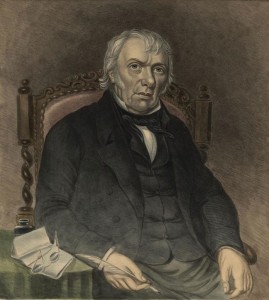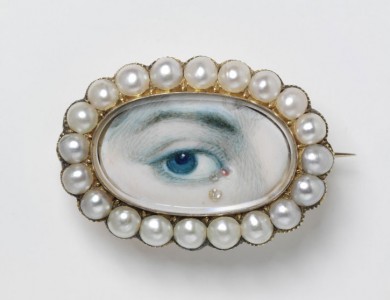Take one look at this Portrait of a Gentleman from 1832 and I hope you’ll notice something really intriguing. Most unusually for a portrait, you cannot see the sitter’s eyes. The eyes are normally the focus of the viewer’s attention and often the detail on which the artist will concentrate hardest. Get the eyes wrong and the likeness will be denied by those familiar with the subject. Why might this (presumably) Spanish gentleman, so skilfully captured in oils by José Buzo Cáceres of Malaga, not want you to see his eyes?
We often ask this question of visitors to the British Optical Association Museum, where the painting is on view as part of our extended building tours. Over the years we have come up with a number of theories. Our inability to pick out all except the corner of one eye forces us to focus our attention instead on the eyewear. This could be a deliberate device of the artist who was known for the meticulous detail of his paintings and would want us to revel in the clear manner that he has depicted the spectacles. This is, in itself, unusual as glasses are often painted fuzzily by artists who don’t really understand their construction or their relation with the face on which they are supported. Here we see the most clearly painted spectacle joint, leading on each side to a D-shaped lens rim, one of them a visor that could be worn to the side of the head to cut out extraneous light or, alternatively, folded over the front lens to alter the level of tint or change the prescription power. If the rims were glazed appropriately these could even be a primitive form of bifocals designed for distance vision in normal use but for near reading vision when the visors are folded forwards.
D-spectacles were first produced in the Clerkenwell district of London (we think) in the 1820s so our fashionably dressed gentleman is perhaps wishing to show off the latest imported style. Note the stiff raised collar and the small item of men’s jewellery that seem to reinforce the idea that this is a real dandy about town. The general style of the portrait is Italian which ties in with the idea of a handsome young man wanting to make an exhibition of himself on the wider European social scene.
But maybe he is not so handsome? Those lenses are tinted in an age that predates sunglasses. They maybe alleviate the symptoms of disease, including an aversion to light (photophobia). This is what contemporaries called a ‘therapeutic tint’. Even more speculatively we may suggest that the real purpose of the tint is to protect us, the viewers, from a sight that may be unpleasant. He is possibly the victim of a disfiguring disease such as syphilis. Then again, he may simply be a blind man, which is why he doesn’t look at us but stares off at an angle. Throughout history the sightless eye has often been covered by a patch or an occluded lens, to guard against our sensitivities and deflect prejudice, revulsion and social rejection.
A third possibility is that this is a man dressed for a reason. He is clearly a man with a modern outlook who might therefore have embraced the latest technology. 1832 would be very early for a rail passenger, but ‘railway spectacles’ is exactly what such eyewear came to be called. Imagine the first railway carriages that were little more than buckets on wheels, open to the elements. You had the smoke from the locomotive, the sparks from the track and the wind rushing in your face as you raced along at three miles an hour or some such perilous speed. Just as early motorists and aviators would don protective goggles of a distinctive design so their early nineteenth-century counterparts got attired for an adventure on the rails.
Subsequently the side visors evolved into a protective mesh and the glasses were worn by railroad workers maintaining the track. I don’t think our Spanish Gentleman ever got his hands dirty in that manner, and who knows if his amorous adventures ever caused him to go ‘off the rails’ and contract a disfiguring or vision-impacting disease… but what do you think? We like to say we are the museum where the exhibits look at you, not the other way round, but in this case that is not so. What would this gentleman have to say if only he were to turn his head and look right at us? This is surely one of those paintings where not knowing the answer adds to the sheer fun of viewing it. Take another look!
Neil Handley, Curator, British Optical Association Museum at the College of Optometrists
Do you know who the sitter could be, or do you have any thoughts on his interesting choice of accessory? Visit the Art Detective discussion about this artwork to contribute your own ideas: Who is the spectacled gentleman of this portrait by José Buzo Cáceres?
